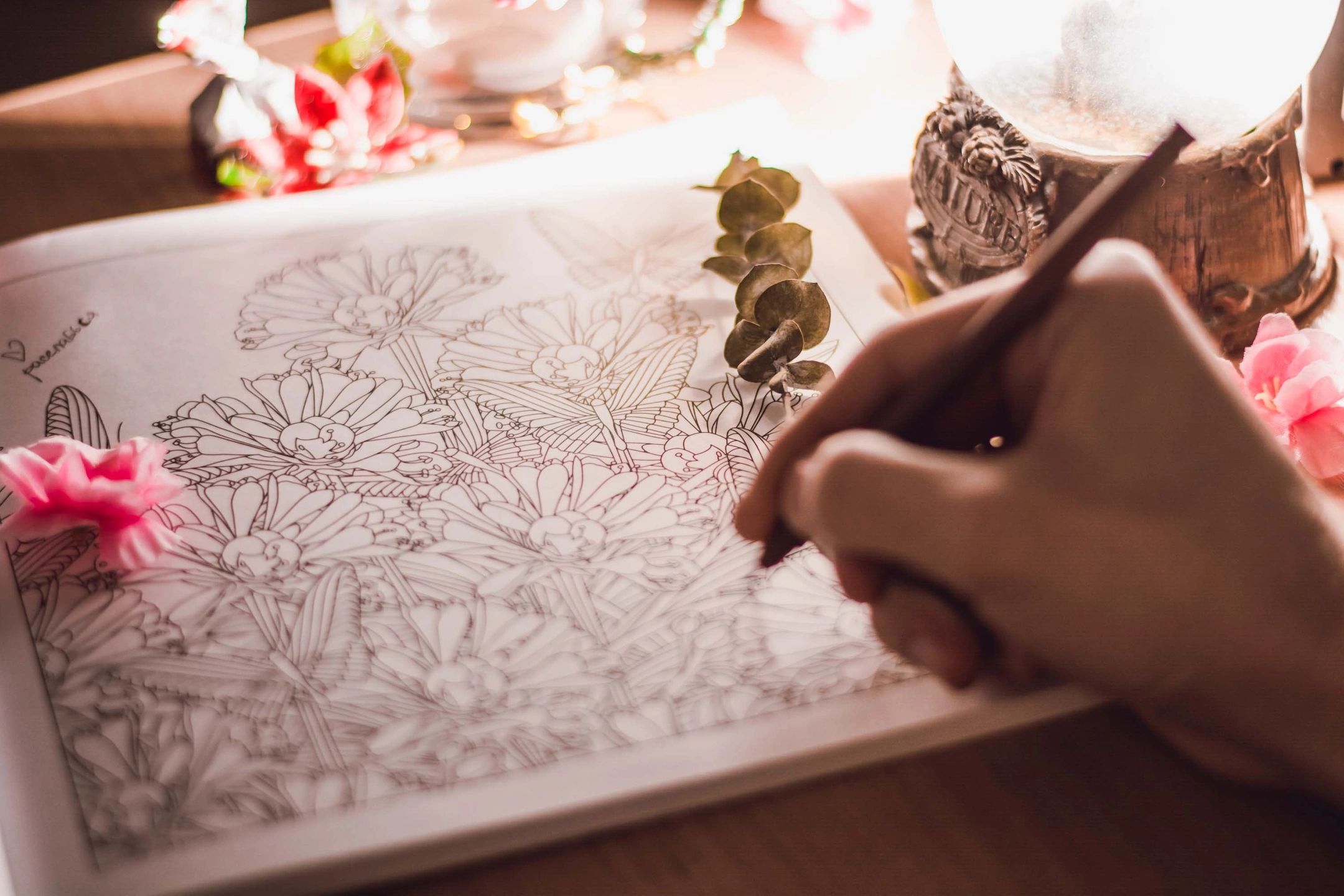Creativity is the engine of human progress, driving groundbreaking innovations and transforming how we see the world. From the invention of the wheel to the development of artificial intelligence, creative thinking fuels every significant leap forward. But what exactly happens in your brain when inspiration strikes? Understanding the intricate science of creativity can reveal not only how ideas are born but also how you can nurture your innate ability to innovate.
The Neuroscience Behind Creativity
At its core, creativity is the result of complex neural interactions. Rather than originating from a single “creativity center,” it involves multiple regions of the brain working together in harmony. Neuroscientists have identified key players like the prefrontal cortex, responsible for decision-making and problem-solving, and the hippocampus, which retrieves memories and generates new connections. These areas communicate via intricate neural pathways, allowing the brain to blend logic with imagination seamlessly.
Interestingly, studies show heightened activity in the brain’s alpha waves during creative processes. These oscillations help suppress external distractions, enabling deeper focus and fostering a mental state conducive to generating novel ideas.
Left Brain vs. Right Brain: Debunking the Myth
For decades, popular culture has perpetuated the myth of the left brain being logical and the right brain being creative. While it’s true that different hemispheres of the brain specialize in certain functions, creativity isn’t confined to one side. Instead, it’s the result of dynamic collaboration between both hemispheres.
For example, the left hemisphere excels at linguistic and analytical tasks, while the right hemisphere contributes spatial and emotional insight. Together, they create a balanced synergy, enabling nuanced thought processes and innovative breakthroughs. By debunking this outdated dichotomy, we can better appreciate the brain’s holistic approach to creativity.
The Role of the Default Mode Network in Innovation
The default mode network (DMN), a network of interconnected brain regions, is a pivotal player in creativity. This network activates during rest, daydreaming, or introspection—moments when the mind wanders freely. The DMN facilitates divergent thinking, the process of exploring multiple possibilities and solutions.
Interestingly, some of the most creative ideas arise when people are least focused on the task at hand. Known as the “incubation effect,” this phenomenon underscores the importance of downtime in fostering innovation. By allowing the DMN to operate unrestrained, the brain can form unexpected connections and unlock fresh perspectives.
Factors That Enhance Creative Thinking
Creativity isn’t just an innate trait—it’s a skill that can be cultivated. Various factors, both intrinsic and extrinsic, play a role in enhancing creative thinking:
- Curiosity: A curious mind actively seeks new experiences and knowledge, which provide raw material for creative synthesis.
- Openness to Risk: Taking calculated risks encourages unconventional thinking and the exploration of uncharted territories.
- Environment: Stimulating environments filled with diverse stimuli can spark inspiration and fuel ingenuity.
- Mindfulness: Practicing mindfulness increases self-awareness, allowing for deeper insights and sharper focus.
The Connection Between Emotions and Creativity
Emotions are a profound driver of creativity, shaping how we perceive and interpret the world. Positive emotions like joy and curiosity broaden cognitive flexibility, encouraging the exploration of new ideas. Conversely, emotions such as sadness can prompt introspection, leading to deeply meaningful and expressive creations.
Research highlights that emotional intensity, rather than the type of emotion, is often a key catalyst for creative breakthroughs. By embracing and channeling these feelings, individuals can unlock extraordinary creative potential.
Practical Ways to Boost Your Creative Potential
Nurturing creativity requires deliberate effort and practice. Here are actionable strategies to enhance your creative abilities:
- Engage in Cross-Disciplinary Learning: Expose yourself to diverse fields to draw inspiration from unexpected sources.
- Practice Brainstorming: Set aside time for unfiltered idea generation, allowing wild and unconventional concepts to emerge.
- Embrace Failure: Treat mistakes as learning opportunities that pave the way for refinement and growth.
- Schedule Downtime: Incorporate moments of relaxation into your routine to activate the default mode network.
- Experiment with Constraints: Paradoxically, limiting resources or time can inspire innovative solutions by forcing you to think outside the box.
Summary
Creativity is a multifaceted phenomenon that reflects the brain’s boundless potential. By understanding the neuroscience behind it, we gain valuable insights into how ideas are formed and nurtured. Whether through engaging the default mode network, leveraging emotions, or adopting deliberate practices, anyone can enhance their capacity for innovation. Embrace your brain’s natural ingenuity, and let creativity guide you toward limitless possibilities.
Please like, comment, and share this article if you found it helpful and
informative.
Visit https://bigtownbulletin.com if you would like to see more of this content.
Please like, comment, and share this article if you found it helpful and
informative.
For more news check out Big Town Bulletin News
For more from Big Town Bulletin check out Big Town Bulletin


